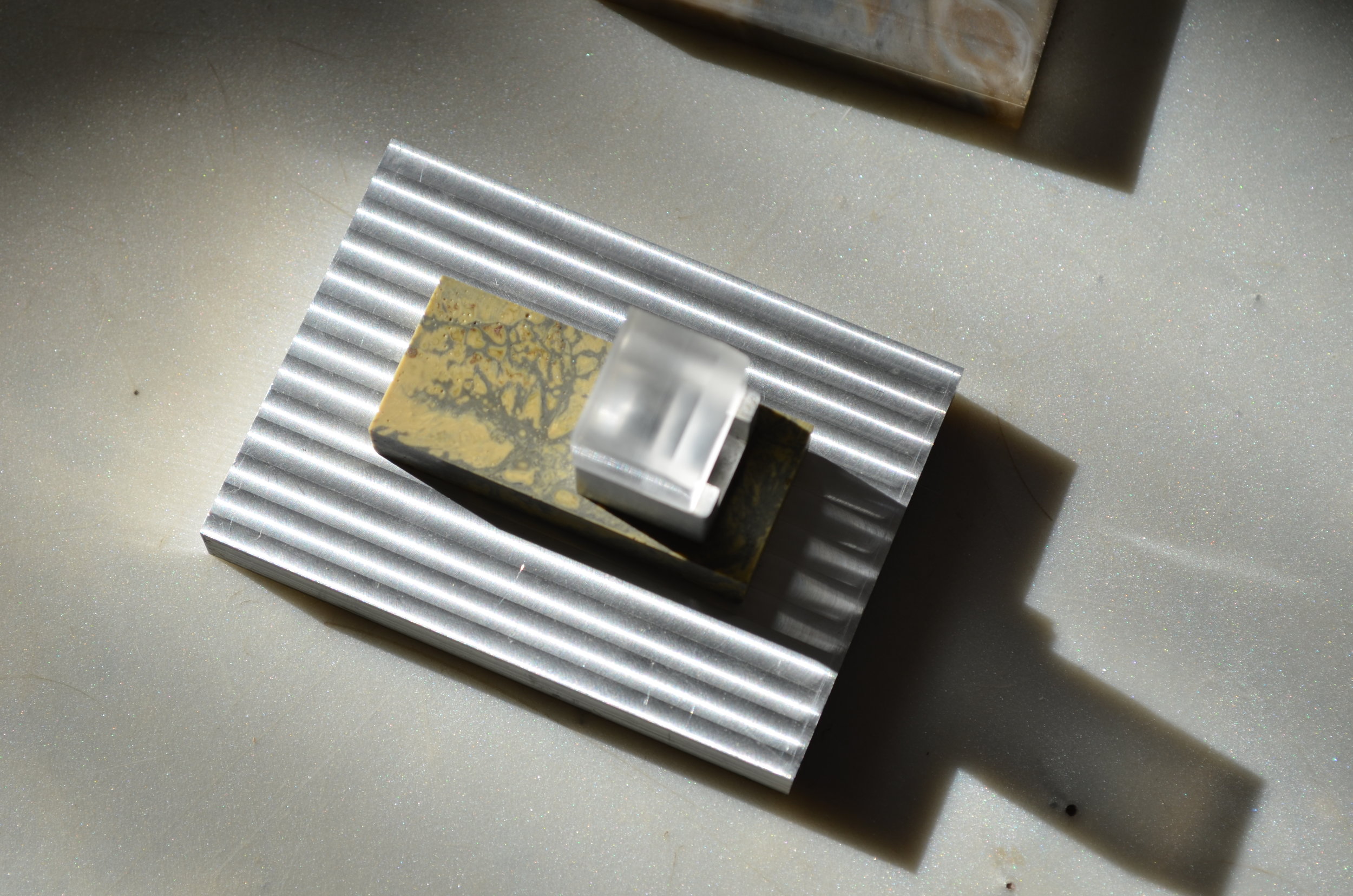Design:
- An excellent examination of how we can visualize data and phenomena with qualitative displays and interfaces rather than the default quantitative ones that are typical in software and hardware. Often qualitative data can be just as actionable as quantitative prompts, with the added benefit of reducing visual and cognitive noise- e.g. the number of steps I've taken is not much more meaningful than whether I've been more or less active than usual. Also noteworthy: many of these displays require no screens or electronics at all.
Building Things:
- Powder Injection Molding (PIM) is a new process that came out of a joint development partnership between BASF and injection molding machine maker Arburg. The technology produces metallic parts with all of the low-cost geometric complexity of injection molding but with surface finishes and durability of closer to machined metal components. Apple has popularized aluminum alloys in consumer electronics and the companies behind this manufacturing process are hoping that PIM could see wide adoption as an alternative to machining, though given Apples "truth in materials" approach, it seems unlikely they would use the process themselves.
- Apple says they're going to spend around $ 1 billion on advanced manufacturing initiatives in the U.S., though the details on what that will look like are currently quite slim.
Virtually There:
- Oculus Rift, now under Facebook's ownership, has pulled the plug on their VR movie/video division. VR tech is pretty solid (if expensive) at this point, but creating content that is unique to the format and compelling enough to move the needle for producers is an immense challenge that hasn't been met so far. There are also some cultural and behavior aspects to passive media like movies that VR gets in the way of: social viewing, multi-tasking, live-tweeting, and so on. In 2017, it's awfully rare that we are ready to sit alone, away from our smartphones and friends and give moving images (immersive or not) our full attention.
Automatons:
- Agricultural work has been on the forefront of deploying new technologies for centuries. In 2017 that pattern still holds, with numerous startups working on putting robots into pastures and furrowed fields. GPS guided combines for harvesting grains have been in use for awhile but automating the collection of tender crops like fruit has been a significant challenge only solved through creative approaches, like this apple-sucking robot (the company making the device was spun out of a lab funded by the Washington Tree Fruit Research Commission, which is maybe the specific interest group we've ever heard of). The availability of seasonal labor that orchards rely on has been in decline for some time, but concerns about changes in immigration policy are accelerating interest in robotic harvesters. Both nature and technology bend towards the needs and realities of the other - in this case the robots are designed to be delicate with the fruit, but the trees are spaced and tended in certain ways to make robotic (or human) harvesting easier. The tools we make respond to the world as we find it, but also reshape it.
- Uber seems like a natural winner from the development of reliable self-driving cars, but Christopher Mims at The Wall Street Journal lays out the case against it - namely that the real hurdles of running a self-driving empire will come from building and maintaining those vehicles, not from routing them. Which makes Tesla, along with traditional car makers like Ford and GM, real contenders for killing off the app-first ride-share companies over the long term.
Roadmapping the Future:
- This collaboration between Google, Accenture, and a pest control company gives a glimpse of the future of work, where front-line workers are equipped with computational or augmented reality superpowers. The project uses computer vision and machine learning to enable pest-control technicians to snap a photo of a suspicious insect and have it identified via an app.
- From cyberpunk to postapocalyptic wastelands, often our visions of the future are incredibly bleak. That's not without good reason: the existential challenges we face are real and feel more insurmountable by the day. We've been hearing doom-and-gloom stories about the future for a long time, but it seems to have little impact on how we operate in order to avoid those grim outcomes. Some technologists, artists, and writers are trying to create and advocate for a vision of the future called solarpunk, centered on sustainability, community development, and a more humane style of technology and trade. While it seems impossible to will such change into existence, creating the language and rough templates to suggest such a world is important- just look at how pattern matching, trend spotting (and following) works within the world of tech investments. Whether it's social networks, the Internet of Things, or AI, the world we work at creating is reflective of the ideas being surfaced and repeated in a given era. As powerful as technology is, the manner in which it moves is driven at a deeper level by cultural values and political rationale. The future is not yet decided, and if we can avoid the barren wasteland of dystopian visions through talking up and disseminating ideas for more optimistic ones, it's worth a shot.

